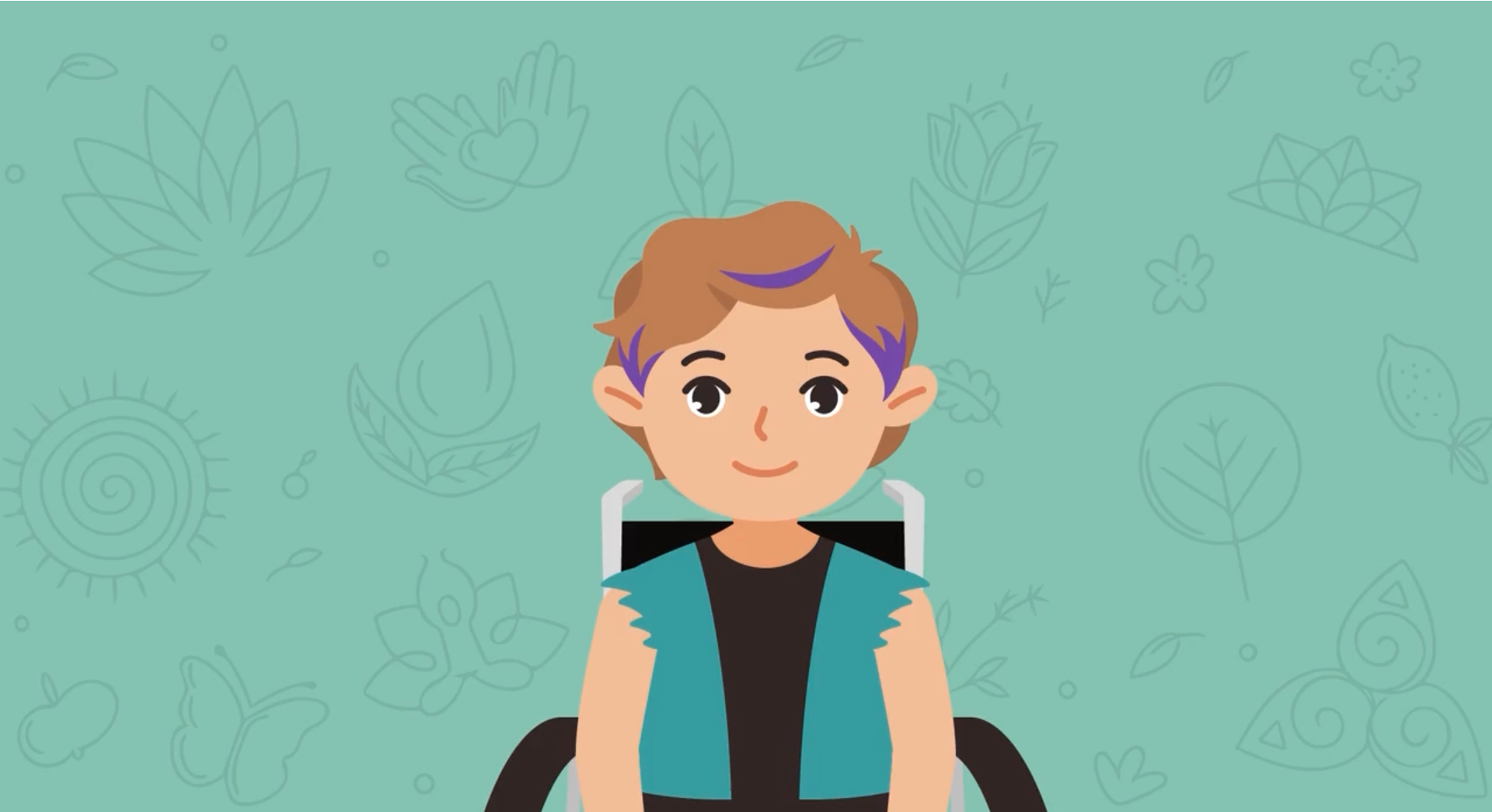In this blog post, we will discuss animal breathing techniques designed to help students in special education practice self-regulation and calming strategies. These simple, engaging activities can be easily incorporated into the classroom or at home to support students’ emotional well-being.
Introduction
Social-Emotional Learning (SEL) is essential for students in special education, as it helps them develop the ability to understand and manage their emotions. One effective way to support SEL is through engaging activities that teach students calming and self-regulation techniques. In this blog post, we will focus on two animal breathing exercises: lion breathing and cat breathing. These activities can be easily integrated into your daily routine and require no preparation or materials.
No-Prep Activity: Animal Breathing
Here is a simple, no-prep activity that teaches students lion and cat breathing techniques:
- Lion Breathing: Have students sit comfortably, with enough space to move around. Instruct them to raise their paws like a lion, take a deep breath in, and then exhale while sticking out their tongue and making a quiet roaring sound. Repeat this process a few times, encouraging students to shake out their paws between breaths.
- Cat Breathing: Ask students to kneel on their hands and knees like a cat. Guide them to take a deep breath in while lifting their chin, curving their back, and tilting their head back. Then, have them exhale while arching their back and tucking their head down to look at their belly button. Repeat this process a few times, emphasizing the importance of slow, deep breaths.
Encourage students to use these breathing techniques whenever they need to calm down or manage their emotions.
Discussion Questions
After practicing the animal breathing techniques, use the following questions to stimulate further discussion among students:
- How did you feel before and after practicing the lion and cat breathing techniques?
- What situations might make you feel upset or worried, and how could these breathing exercises help you?
- Can you think of other animals that might inspire calming breathing techniques? How would you practice their breathing styles?
- How can practicing these breathing techniques help you better understand and manage your emotions?
Related Skills
In addition to animal breathing techniques, there are other relevant skills that can support students in special education as they develop their self-regulation and calming abilities. These may include:
- Mindfulness and meditation exercises
- Progressive muscle relaxation
- Visualization and guided imagery
- Deep breathing techniques, such as diaphragmatic breathing or alternate nostril breathing
Next Steps
To further support your students’ Social-Emotional Learning, we encourage you to explore additional resources and activities. Sign up for free samples of skill-building materials and other resources at Everyday Speech.






